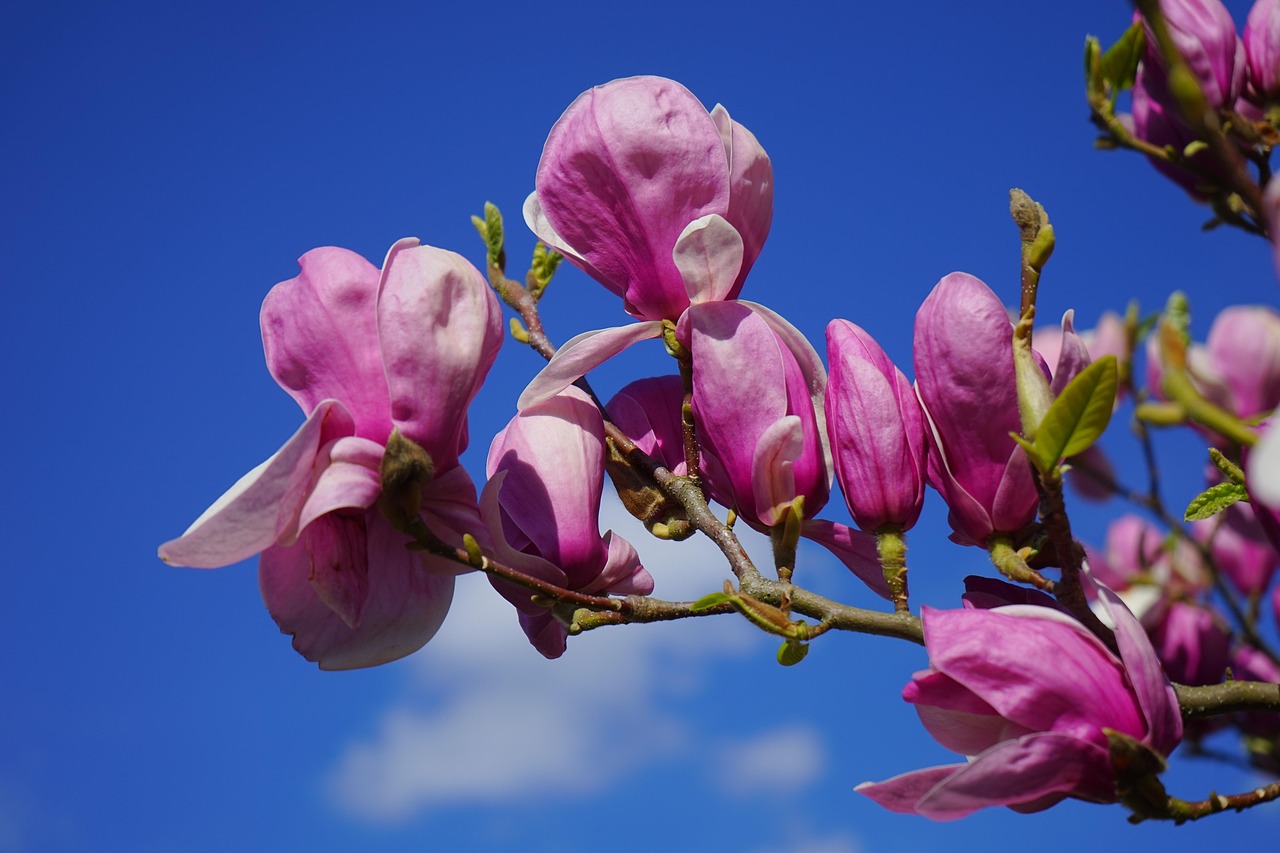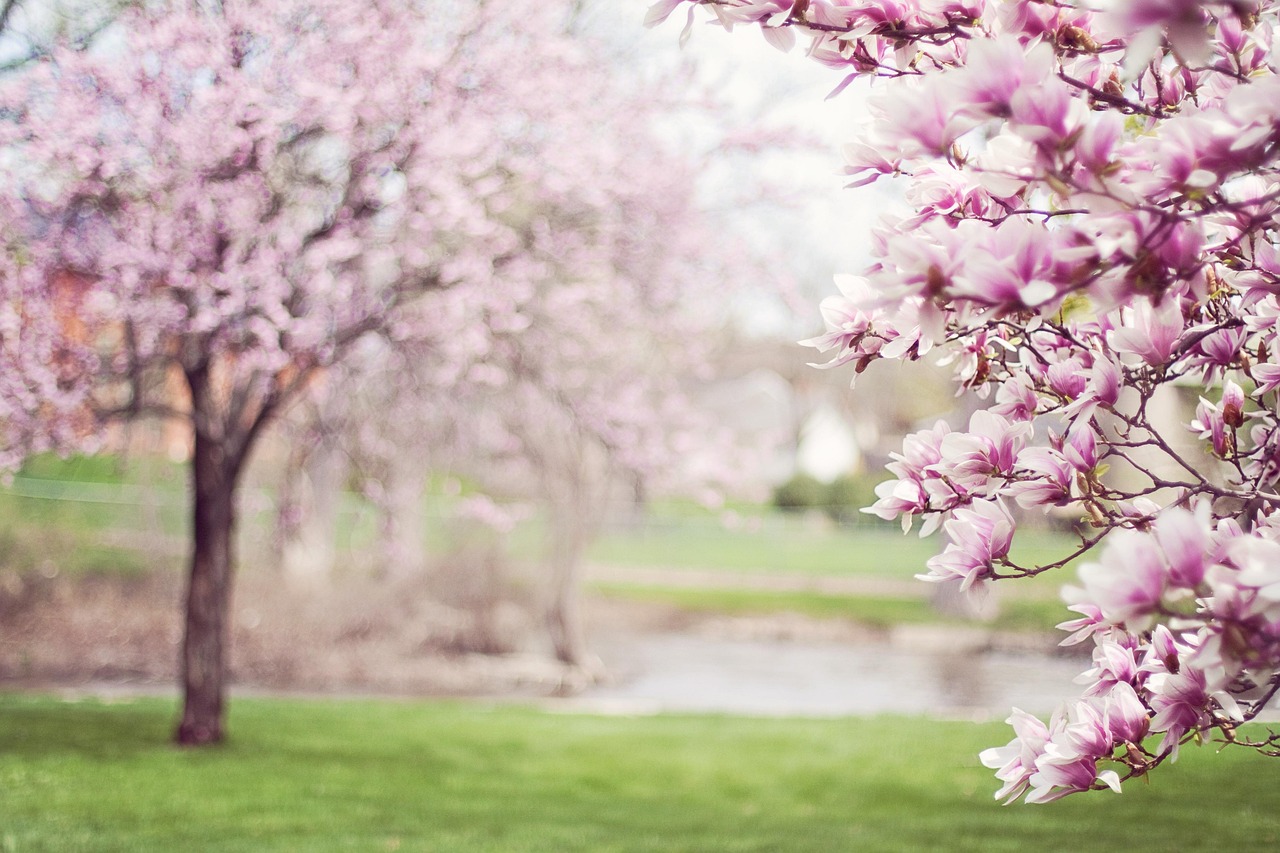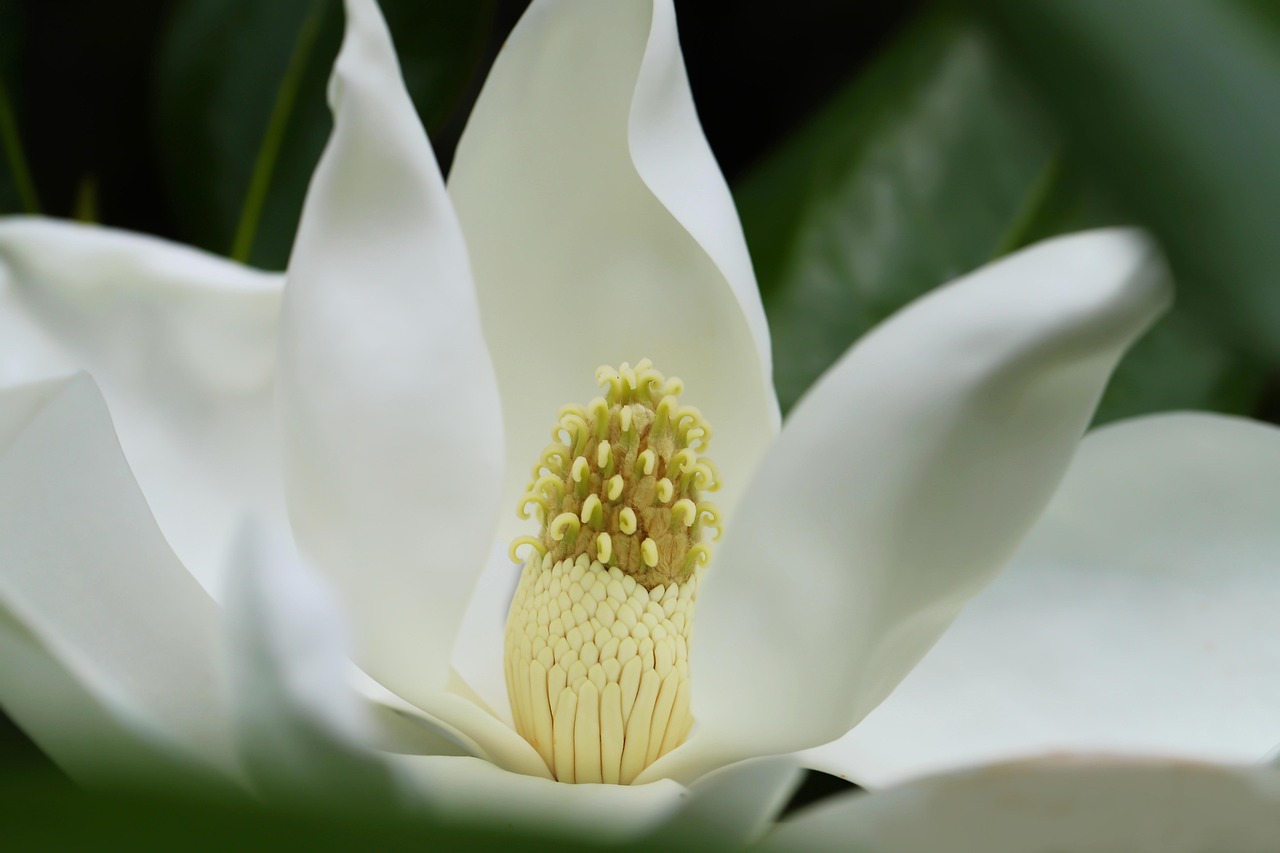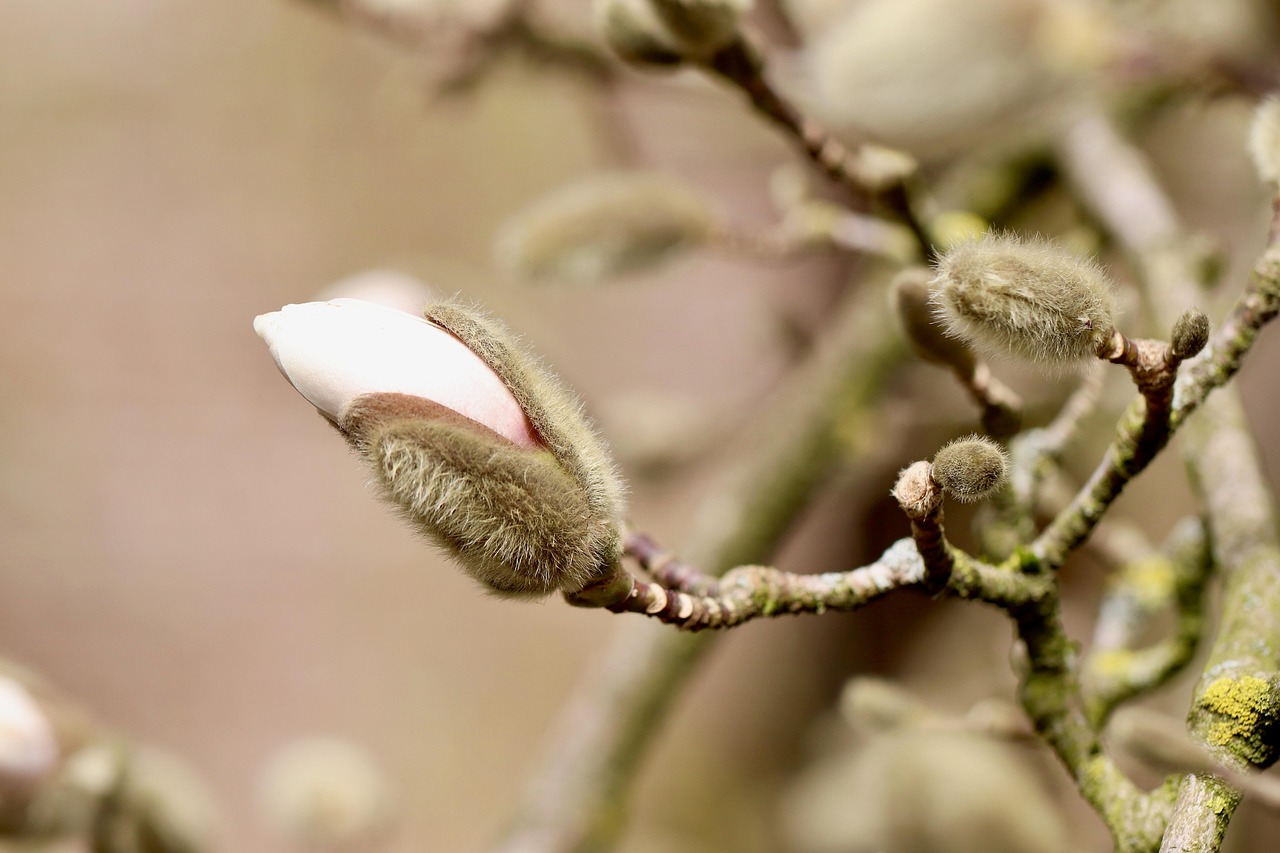Magnolia trees generally prefer full sun to partial shade. While they can tolerate some shade, their growth and flowering may be significantly affected. Optimal light conditions are essential for the health and beauty of these trees.
Understanding Magnolia Trees

Magnolia trees are renowned for their stunning flowers and attractive foliage. They belong to the Magnoliaceae family, with over 200 species known for their fragrant blooms. These trees can vary in size, from small shrubs to towering giants, making them a versatile option for various landscapes. Understanding their light requirements is crucial for anyone looking to grow these magnificent trees.
One of the key aspects of cultivating healthy magnolias is providing adequate light. While many plants can survive in shaded areas, magnolias often struggle without sufficient sunlight. This article will explore the light needs of magnolia trees and how different lighting conditions can impact their growth and flowering.
The Importance of Sunlight
Sunlight plays a vital role in the overall health of magnolia trees. Here are some reasons why light is important:
- Photosynthesis: Sunlight is essential for photosynthesis, the process that allows plants to convert light into energy. Without adequate sunlight, magnolias may not produce enough energy to thrive.
- Flowering: Most magnolia species require full sun to produce their characteristic flowers. Insufficient light can lead to fewer blooms or even complete flower loss.
- Growth Rate: Magnolia trees in full sunlight typically exhibit faster growth rates compared to those in shaded conditions. This influence on growth can affect the tree’s overall size and shape.
Light Requirements of Magnolia Trees
Magnolia trees have varying light requirements depending on their species and age. Generally, they thrive best in full sun, which is defined as receiving at least six hours of direct sunlight each day. Here are some key points to consider:
- Full Sun Exposure: Most magnolia species prefer full sun for optimal growth and flowering. This means they should be planted in areas where they receive direct sunlight for most of the day.
- Partial Shade Tolerance: Some magnolia species can tolerate partial shade, especially when young. However, prolonged exposure to low light can hinder their development and reduce flowering.
- Shade Sensitivity: Magnolias are sensitive to complete shade. Extended periods without sunlight can lead to weak growth, poor health, and increased susceptibility to diseases.
Species-Specific Light Preferences
Different magnolia species have distinct preferences when it comes to light exposure. The following table summarizes some popular magnolia species and their respective light requirements:
| Species | Light Requirement | Notes |
|---|---|---|
| Southern Magnolia (Magnolia grandiflora) | Full sun | Best flowering in full sun. |
| Star Magnolia (Magnolia stellata) | Partial shade to full sun | Can tolerate some shade. |
| Saucer Magnolia (Magnolia x soulangeana) | Full sun to partial shade | Thrives with at least six hours of sun. |
Understanding these preferences can help homeowners and gardeners choose the right species for their environment. Selecting a suitable location with adequate sunlight is crucial for promoting healthy growth and beautiful blooms.
Factors Affecting Light Availability
Several factors can influence the amount of sunlight that magnolia trees receive. These include:
- Surrounding Vegetation: Nearby trees or buildings can cast shadows, limiting the sunlight available to magnolias.
- Geographical Location: The local climate and geography can affect sunlight intensity and duration throughout the year.
- Seasonal Changes: Changes in seasons can influence light availability, with longer days in summer providing more sunlight compared to winter.
Considering these factors is important when choosing a planting site for magnolia trees. Ensuring they receive sufficient light will ultimately lead to healthier plants and more vibrant flowers.
Effects of Light Conditions on Magnolia Trees
The amount of light that magnolia trees receive can significantly impact their overall health and vitality. Understanding how different light conditions affect these trees is essential for proper care and cultivation. Below are some specific effects of light conditions on magnolia trees.
Growth Patterns
Light conditions can influence the growth patterns of magnolia trees in several ways:
- Branch Development: In full sunlight, magnolia trees develop strong, sturdy branches. In contrast, those in shady areas may exhibit elongated, weak branches as they reach for light.
- Leaf Size: Magnolias exposed to full sun typically produce larger leaves. In shaded conditions, leaves may be smaller and less robust, affecting the tree’s overall appearance.
- Height Growth: Trees growing in optimal light conditions tend to grow taller more quickly compared to those in partial or full shade.
Flowering Habits
Flowering is one of the most noticeable aspects of magnolia trees. The following points illustrate how light affects flowering:
- Bloom Quantity: Adequate sunlight is crucial for maximizing the number of flowers produced. Trees receiving less light often show reduced blooming.
- Bloom Quality: Flowers produced on trees in full sun are typically larger and more vibrant than those grown in shaded conditions.
- Bloom Timing: Light exposure can also influence when magnolias bloom. Adequate sunlight helps synchronize flowering time with seasonal changes.
Best Practices for Growing Magnolias
To ensure that magnolia trees thrive, it is essential to follow best practices regarding their light exposure and overall care. Here are some recommendations:
- Selecting the Right Location: Choose a site that receives full sun or at least partial shade, keeping in mind the species-specific light needs mentioned earlier.
- Pruning Nearby Vegetation: Regularly prune nearby trees or shrubs that may obstruct sunlight. This helps maintain an open environment that allows magnolias to receive adequate light.
- Soil Quality: Ensure that the soil in which magnolias are planted is well-draining and nutrient-rich. Healthy soil supports better growth and helps the tree cope with light deficiencies.
Signs of Insufficient Light
If magnolia trees do not receive enough sunlight, they may exhibit several signs indicating stress and poor health:
- Pale or Yellow Leaves: Leaves that lose their vibrant green color may indicate insufficient photosynthesis due to inadequate light.
- Stunted Growth: A noticeable lack of growth can be a sign that the tree is not getting enough sunlight to support its development.
- Reduced Flowering: As previously mentioned, a decrease in blooms can signal that magnolias are not receiving the necessary light for flowering.
Adjusting Light Conditions
If you have already planted a magnolia tree in a location that receives insufficient light, there are strategies you can employ to improve its conditions:
- Move Smaller Specimens: For younger or smaller magnolias, consider relocating them to a sunnier spot if feasible.
- Add Reflective Surfaces: Introducing reflective surfaces like white walls or stones around the tree can help bounce light onto the foliage, somewhat compensating for lower sunlight exposure.
- Consider Artificial Lighting: In cases where natural light is severely lacking, using artificial grow lights can provide supplementary illumination during critical growth periods.
The Role of Mulching

Mulching can also play a role in the health of magnolia trees, especially in relation to their light exposure and soil moisture. Here are some benefits of mulching:
- Moisture Retention: Mulch helps retain soil moisture, which is vital for magnolia trees, especially during hot, sunny days.
- Temperature Regulation: A good layer of mulch can help regulate soil temperature, protecting roots from extreme heat or cold.
- Weed Suppression: By suppressing weeds that compete for nutrients and water, mulch allows magnolias to thrive without extra competition.
The choice of mulch material is also important. Organic mulches like wood chips or shredded bark are beneficial as they break down over time, enriching the soil with nutrients.

Conclusion and Future Considerations
As you cultivate your magnolia trees, always consider their light requirements and monitor their health closely. By understanding how light affects their growth and taking appropriate measures, you can ensure that these beautiful trees flourish in your garden.
Common Magnolia Tree Varieties and Their Light Preferences
Understanding the specific light requirements for various magnolia species is crucial for successful cultivation. Different magnolia varieties have adapted to their native environments, leading to distinct preferences for sunlight. Below are some popular magnolia species and their light preferences.
Southern Magnolia (Magnolia grandiflora)
The Southern Magnolia is one of the most iconic species, known for its large, fragrant white flowers and glossy leaves. This tree thrives in:
- Light Requirement: Full sun to partial shade.
- Growth Habit: It can grow up to 80 feet tall with a broad canopy, making it an excellent specimen tree for large landscapes.
- Notes: While it can tolerate some shade, full sun exposure enhances flowering and overall health.
Star Magnolia (Magnolia stellata)
The Star Magnolia is a smaller tree or large shrub, celebrated for its star-shaped white or pink flowers that bloom early in spring. It prefers:
- Light Requirement: Partial shade to full sun.
- Growth Habit: Typically reaches heights of 15 to 20 feet.
- Notes: This variety is more tolerant of shade than others, making it suitable for smaller gardens or urban settings.
Saucer Magnolia (Magnolia x soulangeana)
The Saucer Magnolia is a hybrid known for its large, showy flowers that can be pink, white, or purple. Its light preferences include:
- Light Requirement: Full sun to partial shade.
- Growth Habit: Generally grows between 20 to 30 feet tall.
- Notes: This species flourishes best with at least six hours of direct sunlight daily.
Cucumber Tree (Magnolia acuminata)
The Cucumber Tree is named for its fruit, which resembles cucumbers. It is a larger species that prefers:
- Light Requirement: Full sun to partial shade.
- Growth Habit: Can reach heights of up to 100 feet, making it one of the largest magnolias.
- Notes: It requires ample sunlight for optimal growth and flowering.
Seasonal Considerations for Magnolias
Understanding how different seasons affect light availability is important for the care of magnolia trees. Seasonal changes can influence growth patterns and overall health.
Spring
Spring is a crucial time for magnolia trees as they begin to leaf out and flower. During this season:
- Sunlight Duration: Days are getting longer, providing more light for budding trees.
- Pest Awareness: Increased sunlight can attract pests. Regular monitoring is essential.
Summer
Summer offers optimal growing conditions, but excessive heat can also stress magnolias if they do not receive enough water:
- Watering Needs: Ensure consistent moisture levels, especially during dry spells.
- Shade Management: Monitor for any shading from nearby trees that may impede growth.
Autumn
In autumn, magnolia trees prepare for dormancy. During this period:
- Leaf Color Change: Leaves may turn yellow or brown before falling. This natural process is part of their lifecycle.
- Shelter from Wind: Protecting young trees from strong winds is important during this transitional phase.
winter
Winter conditions can be harsh on magnolias, particularly in colder climates:
- Protection Needs: Young trees may require burlap wrapping or mulch to protect roots from freezing temperatures.
- Sunlight Angle: The lower sun angle in winter can impact light exposure. Ensure that any surrounding vegetation does not block sunlight.
Pests and Diseases Related to Light Conditions

The health of magnolia trees can be compromised by pests and diseases, which are often exacerbated by inadequate sunlight. Here are some common issues to be aware of:
Pests
Pests can thrive in shaded areas where magnolias may be stressed. Common pests include:
- Aphids: These small insects can weaken trees by sucking sap and may lead to yellowing leaves.
- Magnolia Scale: This pest attaches itself to branches and can cause significant damage if not controlled.
- Lace Bugs: These pests can cause leaf discoloration and may thrive in shady conditions.
Diseases
Magnolias are also susceptible to certain diseases that can be exacerbated by low light conditions:
- Crown Gall: This bacterial disease affects the roots and can lead to stunted growth. It is more common in poorly drained soils.
- Powdery Mildew: Often found in humid, shaded environments, this fungal disease causes white spots on leaves.
- Bacterial Blight: Symptoms include wilting leaves and brown spots, which can spread quickly if not treated.
Monitoring for these pests and diseases is crucial. Proper light exposure can help maintain the overall health of magnolia trees and reduce incidents of infestations and infections.
Enhancing Magnolia Growth in Varied Light Conditions
To successfully grow magnolia trees, especially in conditions where light may be limited, several strategies can be implemented. These approaches focus on optimizing their environment and addressing any challenges posed by shade.
Strategic Planting
When planting magnolia trees, consider the following strategies to maximize light exposure:
- Choose the Right Spot: Identify a location that receives maximum sunlight during the day. If possible, plant magnolias on the south or west side of structures where they can avoid shadows.
- Spacing: Ensure ample spacing between trees and surrounding plants to minimize competition for light and resources.
- Elevation: If planting on a slope, position magnolias on the upper part, where they can benefit from increased sunlight exposure.
Regular Maintenance
Maintaining proper health and growth is essential for magnolias, particularly when they are in less than ideal lighting conditions. Regular maintenance includes:
- Pruning: Regularly prune branches that obstruct sunlight, both from the magnolia itself and from neighboring plants. This promotes better airflow and light penetration.
- Fertilizing: Use a balanced fertilizer to provide essential nutrients that support growth, especially if the tree is struggling due to low light.
- Water Management: Ensure consistent watering, as trees in shaded areas may have different moisture needs compared to those in full sun.
Creating a Favorable Microclimate
A favorable microclimate can significantly enhance the light conditions and overall growth of magnolia trees. Consider the following techniques:
- Using Reflective Surfaces: Incorporate reflective materials like white stones or light-colored walls around the planting area. This can help bounce additional light onto the tree.
- Creating Windbreaks: Establish barriers that protect magnolias from harsh winds, which can stress trees and impact their ability to absorb sunlight effectively.
- Companion Planting: Pair magnolias with companion plants that thrive in similar conditions but do not compete directly for sunlight or nutrients. This can create a balanced ecosystem that supports growth.
Nurturing Young Magnolias
Younger magnolia trees are particularly vulnerable and require special attention. To nurture them effectively:
- Temporary Shade Removal: If young trees are planted in shaded areas, consider temporarily removing surrounding vegetation to allow for more sunlight during their crucial early growth stages.
- Supplemental Lighting: For young trees in heavily shaded environments, using grow lights during critical periods can help them establish better.
- Monitoring Growth: Keep a close eye on young magnolias for signs of stress or inadequate light. Early intervention can prevent long-term damage.
Final Thoughts
Understanding the light requirements of magnolia trees is key to cultivating healthy and vibrant specimens. While these trees can tolerate some shade, providing optimal sunlight is essential for promoting robust growth and stunning blooms. By selecting appropriate species, strategically planting them, and maintaining their environment, gardeners can enjoy the beauty of magnolias even in challenging light conditions.
Ultimately, ensuring that magnolia trees receive adequate sunlight will lead to a more successful gardening experience. With proper care and attention to their unique needs, magnolia trees can flourish, providing beauty and enjoyment for years to come.
In conclusion, whether you are a seasoned gardener or a novice enthusiast, understanding how to cater to the light requirements of magnolia trees will empower you to create a thriving landscape filled with these magnificent plants. By implementing the practices outlined in this article, you can enhance your gardening efforts and enjoy the splendor that magnolias bring to your home.
